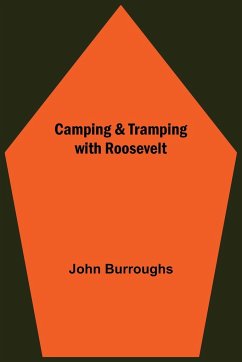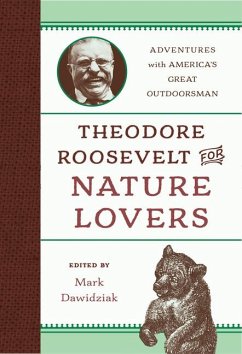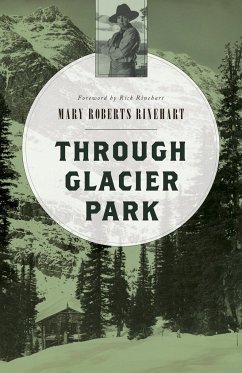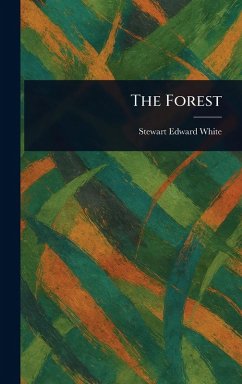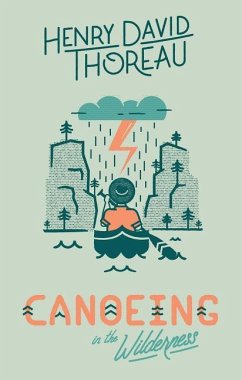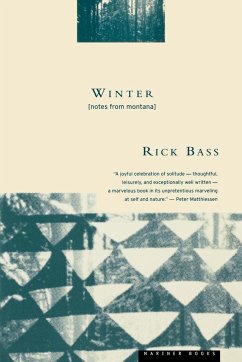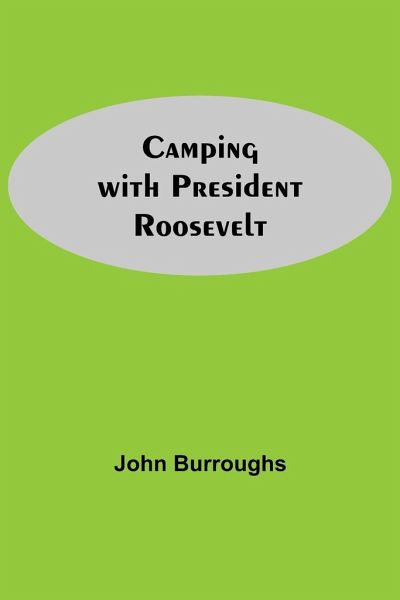
Camping With President Roosevelt
Versandkostenfrei!
Versandfertig in 1-2 Wochen
14,99 €
inkl. MwSt.
Weitere Ausgaben:

PAYBACK Punkte
7 °P sammeln!
A quiet frontier unfolds between the pages, where a patient naturalist and a keen observer walk the land as if beside an old friend. Camping With President Roosevelt fuses intimate nature essays with travelogue charm, turning every meadow and riverside into a lesson in wonder and responsibility. John Burroughs's memoir nature writing invites both casual readers and classic-literature collectors to travel through the late nineteenth century Hudson Valley and beyond. The book's exploration of wilderness is paired with reflections on outdoor life and exploration, weaving themes of conservation in...
A quiet frontier unfolds between the pages, where a patient naturalist and a keen observer walk the land as if beside an old friend. Camping With President Roosevelt fuses intimate nature essays with travelogue charm, turning every meadow and riverside into a lesson in wonder and responsibility. John Burroughs's memoir nature writing invites both casual readers and classic-literature collectors to travel through the late nineteenth century Hudson Valley and beyond. The book's exploration of wilderness is paired with reflections on outdoor life and exploration, weaving themes of conservation into lucid, accessible prose. It reads as a handbook of curiosity, grounded in Thoreaüstyle reverence yet freshly attuned to today's readers who seek meaning in nature. Out of print for decades and now republished by Alpha Editions. Restored for today's and future generations. More than a reprint - a collector's item and a cultural treasure. This volume embodies a pivotal moment in Roosevelt era conservation, balancing meticulous observation with humane prose. It offers a bridge between nature writing enthusiasts and the broader public, capturing the spirit of outdoor adventure while underscoring the importance of stewardship. A generous, human-scaled reminder that wonder and responsibility can go hand in hand on every trail.




